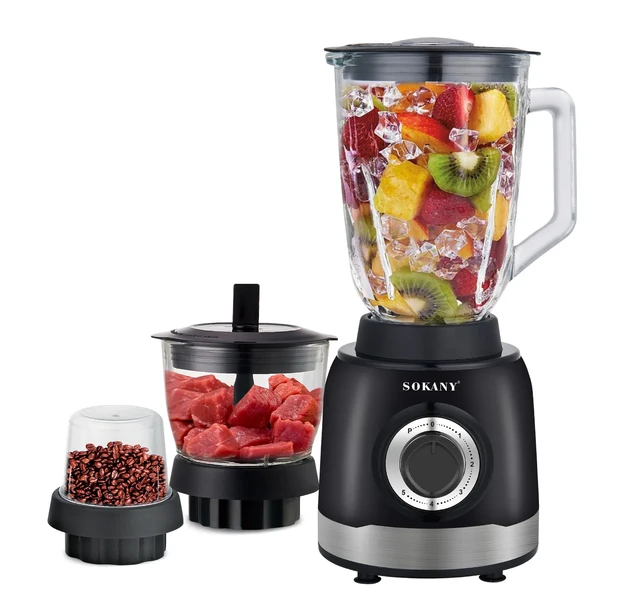
Introduction:
Hummus, a creamy and flavorful dip made primarily from chickpeas, tahini, olive oil, lemon juice, and garlic, is a popular dish in many cultures. While traditional hummus is often made using a food processor, many people wonder if a blender can achieve similar results. In this detailed guide, we will explore the process of making hummus in a blender, evaluate the pros and cons, offer tips for achieving the perfect texture, and provide delicious variations to enhance your culinary repertoire.
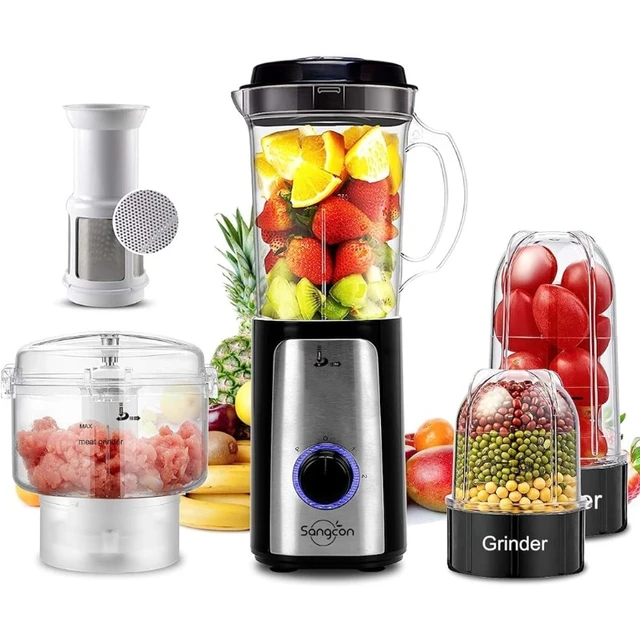
Can You Make Hummus in a Blender?
Adequate Blender for Hummus
Using a blender for hummus is entirely feasible, but the type of blender you use matters.
High-Powered Blenders: High-powered blenders, such as Vitamix or Blendtec, are ideal for making hummus. Their strong motors and sharp blades make it easy to achieve a smooth, creamy texture without much effort.
Standard Blenders: Standard blenders can also be used, albeit with a few adjustments. You may need to add extra liquid or pulse the ingredients more frequently to achieve the desired consistency.
Food Processor vs. Blender: Compared to food processors, blenders create a smoother hummus since they blend at higher speeds. However, food processors may offer more control over texture and make it easier to incorporate ingredients gradually.
Ingredients for Classic Hummus
Before diving into the blending process, gather the primary ingredients for traditional hummus.
Chickpeas: The main ingredient in hummus, chickpeas (also known as garbanzo beans), can be used either canned or cooked from dry. Canned chickpeas are convenient, while homemade cooked chickpeas can offer a fresher taste. If using canned chickpeas, rinse and drain them thoroughly.
Tahini: Tahini, a paste made from sesame seeds, adds a nutty flavor and creamy texture to hummus. Ensure your tahini is well-stirred before using, as it can separate over time.
Olive Oil: Extra virgin olive oil contributes to the richness and smoothness of hummus. A high-quality oil enhances both flavor and consistency.
Lemon Juice: Freshly squeezed lemon juice adds a bright, tangy element to hummus, balancing the richness of the other ingredients.
Garlic: Garlic provides a pungent, savory depth to hummus. Adjust the amount based on your preference for garlic intensity.
Cumin: Cumin is a common spice in hummus, lending a warm, earthy flavor. It’s optional but highly recommended for traditional recipes.
Salt and Pepper: Season with salt and pepper to taste. These basic seasonings amplify the flavors of the other ingredients.
Water or Aquafaba: Adding a bit of water or aquafaba (the liquid from canned chickpeas) can help achieve the desired consistency and smoothness in your hummus.
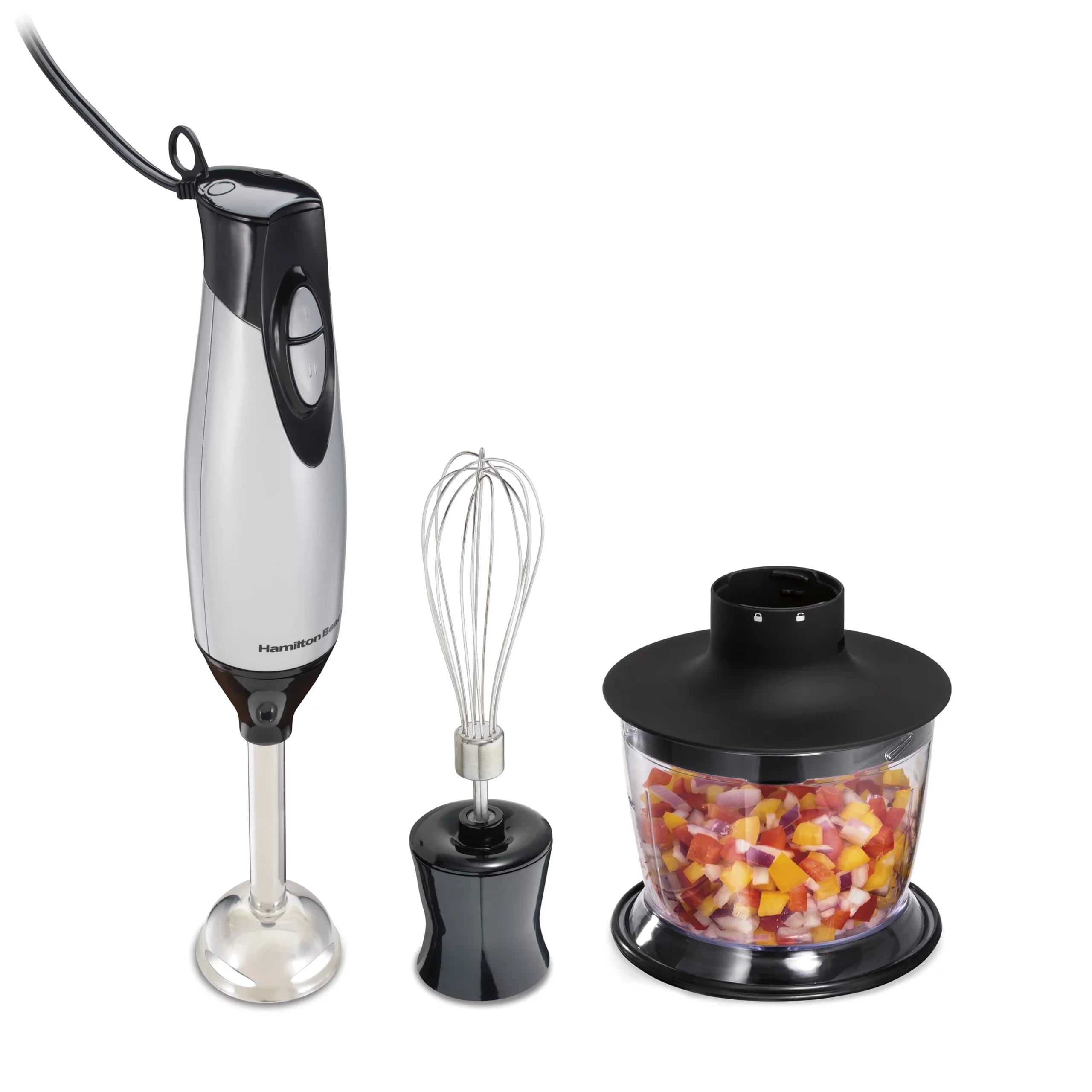
Blending Process for Hummus
Now that you have all the necessary ingredients, let’s delve into the step-by-step process of making hummus in a blender.
Prepare the Chickpeas: If using dried chickpeas, soak them overnight and cook them until tender. For canned chickpeas, rinse and drain them thoroughly. Reserve some of the aquafaba if you plan to use it as a liquid in your hummus.
Combine Ingredients: Add the chickpeas, tahini, olive oil, lemon juice, minced garlic, cumin, salt, and pepper to the blender. Begin with a small amount of water or aquafaba.
Start Blending: Start the blender on a low setting and gradually increase the speed. If the mixture seems too thick or isn’t blending smoothly, add more water or aquafaba a little at a time until you achieve the desired consistency.
Pause and Scrape: Occasionally stop the blender to scrape down the sides with a spatula. This ensures all ingredients are evenly incorporated and promotes a smoother texture.
Blend Until Smooth: Continue blending until the hummus reaches a creamy, smooth consistency. High-powered blenders may only take a minute or two, while standard blenders might require a bit more time.
Adjust Seasoning: Taste the hummus and adjust the seasoning as needed. Add more salt, lemon juice, or garlic based on your preference.
Final Blend: Give the hummus one final blend to ensure all adjustments are well incorporated.
Achieving the Perfect Texture
The desired texture of hummus can vary, but generally, a smooth, creamy consistency is preferred. Here are some tips to achieve this using a blender.
Use Warm Ingredients: Using warm chickpeas or adding warm water/aquafaba can help the blender process the ingredients more smoothly, resulting in a creamier texture.
Peel the Chickpeas: To achieve an ultra-smooth texture, consider peeling the chickpeas before blending. While this can be time-consuming, it removes the skins that can cause graininess. Rub the chickpeas between your fingers or in a clean kitchen towel to loosen the skins, then discard them.
Start Slow, Then Speed Up: Begin blending at a slow speed and gradually increase to high. This ensures thorough initial mixing and prevents splattering.
Add Liquid Slowly: Adding water or aquafaba slowly, a tablespoon at a time, prevents the hummus from becoming too runny. This control helps you reach the ideal consistency.
Blend Longer: Don’t rush the blending process. Allow the blender to run long enough to break down all ingredients completely, achieving the smoothest result possible.
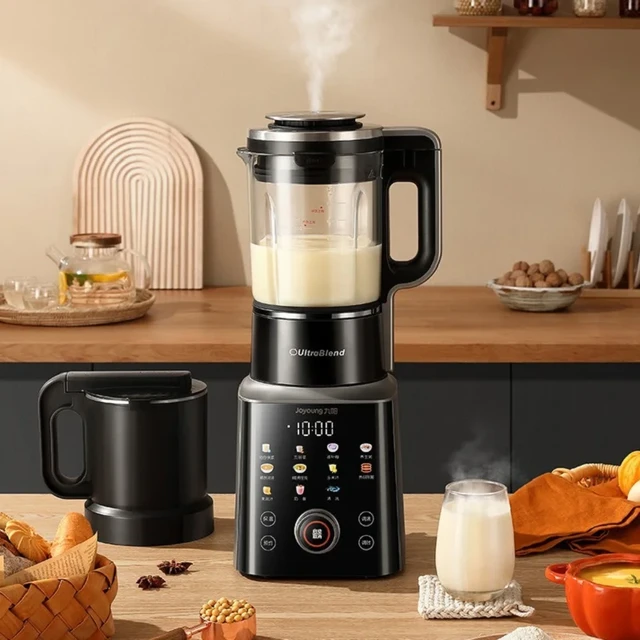
Flavor Variations
Hummus is a versatile base that can be customized with various flavors. Here are some popular variations to elevate your homemade hummus:
Roasted Red Pepper Hummus: Add roasted red peppers to the blender along with the traditional ingredients. Adjust the seasonings to taste, and blend until smooth. The peppers add a sweet, smoky flavor and vibrant color.
Garlic and Herb Hummus: Enhance your hummus with fresh herbs such as parsley, cilantro, or basil. Add extra garlic for a more robust flavor. Blend until the herbs are finely incorporated.
Spicy Hummus: Introduce heat by adding ingredients like roasted jalapeños, cayenne pepper, or hot sauce. Adjust the spice level according to your preference.
Avocado Hummus: For a creamy, rich twist, add ripe avocado to your hummus. This variation not only adds smoothness but also a hint of fresh, buttery flavor.
Sun-Dried Tomato Hummus: Incorporate sun-dried tomatoes into your hummus mixture. These tomatoes add a tangy, slightly sweet flavor that’s both unique and delicious.
Beet Hummus: Add cooked or roasted beets to your hummus for a vibrant color and earthy taste. Beets not only enhance the flavor but also boost the nutritional profile of your hummus.
Health Benefits of Hummus
Hummus is not only delicious but also packed with nutritional benefits that make it a healthy addition to your diet.
Rich in Protein: Chickpeas are an excellent source of plant-based protein, making hummus a great option for vegetarians and vegans looking to boost their protein intake.
High in Fiber: Hummus is high in dietary fiber, which aids digestion, helps maintain healthy cholesterol levels, and keeps you feeling full longer.
Healthy Fats: The olive oil and tahini in hummus provide healthy monounsaturated and polyunsaturated fats, which are beneficial for heart health.
Vitamins and Minerals: Hummus contains essential vitamins and minerals, including folate, iron, magnesium, phosphorus, and B vitamins, which support overall well-being.
Low Glycemic Index: Hummus has a low glycemic index, meaning it helps regulate blood sugar levels and provides sustained energy without causing spikes.
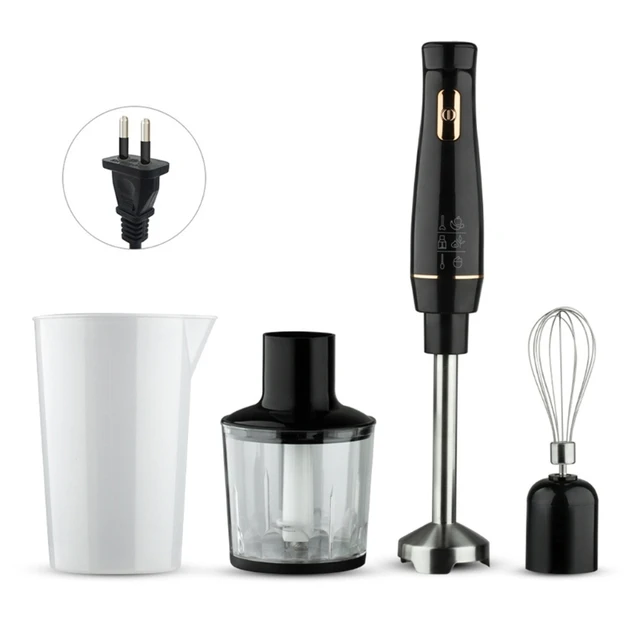
Serving Suggestions
Hummus is incredibly versatile and can be enjoyed in numerous ways. Here are some popular serving suggestions:
As a Dip: Serve hummus with fresh vegetable sticks, pita bread, tortilla chips, or crackers for a delicious and healthy snack or appetizer.
In Sandwiches and Wraps: Spread hummus on bread or tortillas as a base for sandwiches and wraps. Pair it with fresh vegetables, avocado, and lean proteins for a satisfying meal.
As a Sauce: Use hummus as a sauce for grilled meats, roasted vegetables, or salads. Its creamy texture and rich flavor enhance a wide range of dishes.
With Meals: Add hummus to grain bowls, falafel, or kebabs to elevate the flavor and nutritional content. It pairs well with Mediterranean and Middle Eastern dishes.
Storing Homemade Hummus
Proper storage of homemade hummus ensures its freshness and safety for later consumption.
Refrigeration: Store homemade hummus in an airtight container and refrigerate it. It typically lasts up to a week in the refrigerator. If the hummus separates, simply stir it to reincorporate the ingredients.
Preventing Oxidation: To prevent the top layer from drying out or oxidizing, drizzle a thin layer of olive oil over the surface before sealing the container. Pressing plastic wrap directly onto the surface of the hummus can also help.
Freezing: For longer storage, hummus can be frozen. Portion it into airtight containers or freezer bags, leaving some space for expansion. Hummus can be frozen for up to three months. Thaw it in the refrigerator before use and stir well to restore its texture.
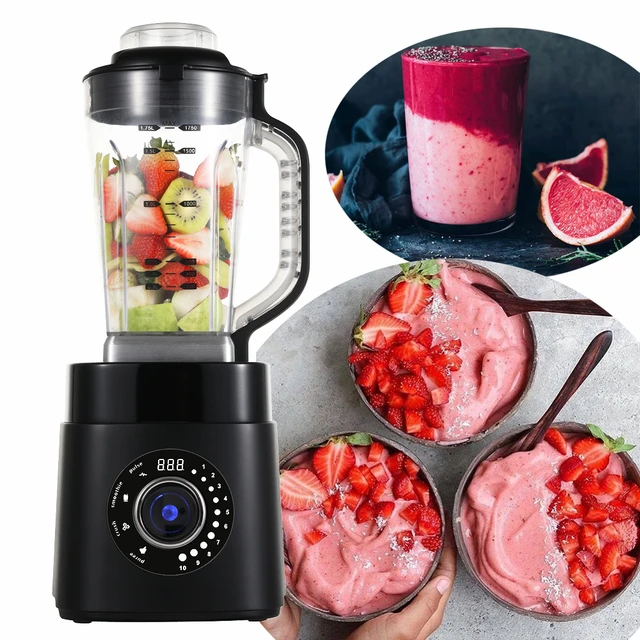
Troubleshooting Common Issues
Even with the best efforts, you may encounter some issues while making hummus in a blender. Here are solutions to common problems:
Too Runny: If your hummus is too runny, add more chickpeas or reduce the liquid. Blend until you achieve the right consistency.
Too Thick: If the hummus is too thick and difficult to blend, add small amounts of water, olive oil, or lemon juice until it reaches the desired smoothness.
Grainy Texture: A grainy texture may result from under-blending or unpeeled chickpeas. Blend longer and, if necessary, peel the chickpeas to achieve a smoother consistency.
Bitter Taste: A bitter taste can result from using too much tahini or old, rancid sesame seeds. Ensure your tahini is fresh and use it sparingly.
Lacks Flavor: If the hummus lacks flavor, adjust the seasoning. Add more lemon juice, garlic, salt, or spices like cumin to enhance the taste.
Conclusion
Making hummus in a blender is not only possible but also convenient and effective. By following the detailed blending process, utilizing tips for achieving the perfect texture, exploring various flavor variations, and understanding the health benefits, you can create delicious homemade hummus that suits your taste and dietary preferences. With the right approach and a little creativity, blender-made hummus can be a staple in your kitchen, offering a versatile, nutritious, and flavorful addition to meals and snacks.